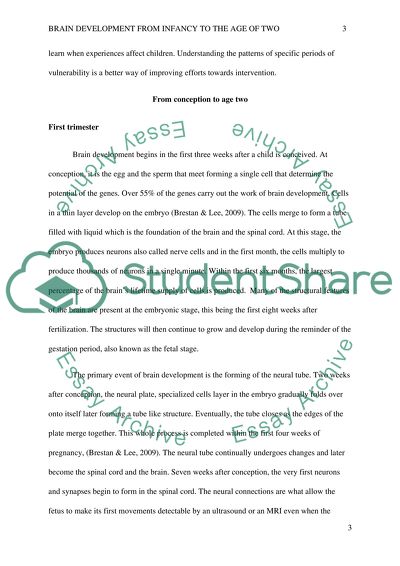Cite this document
(“Brain development from infancy to the age of two Research Paper”, n.d.)
Brain development from infancy to the age of two Research Paper. Retrieved from https://studentshare.org/education/1658007-brain-development-from-infancy-to-the-age-of-two
Brain development from infancy to the age of two Research Paper. Retrieved from https://studentshare.org/education/1658007-brain-development-from-infancy-to-the-age-of-two
(Brain Development from Infancy to the Age of Two Research Paper)
Brain Development from Infancy to the Age of Two Research Paper. https://studentshare.org/education/1658007-brain-development-from-infancy-to-the-age-of-two.
Brain Development from Infancy to the Age of Two Research Paper. https://studentshare.org/education/1658007-brain-development-from-infancy-to-the-age-of-two.
“Brain Development from Infancy to the Age of Two Research Paper”, n.d. https://studentshare.org/education/1658007-brain-development-from-infancy-to-the-age-of-two.


